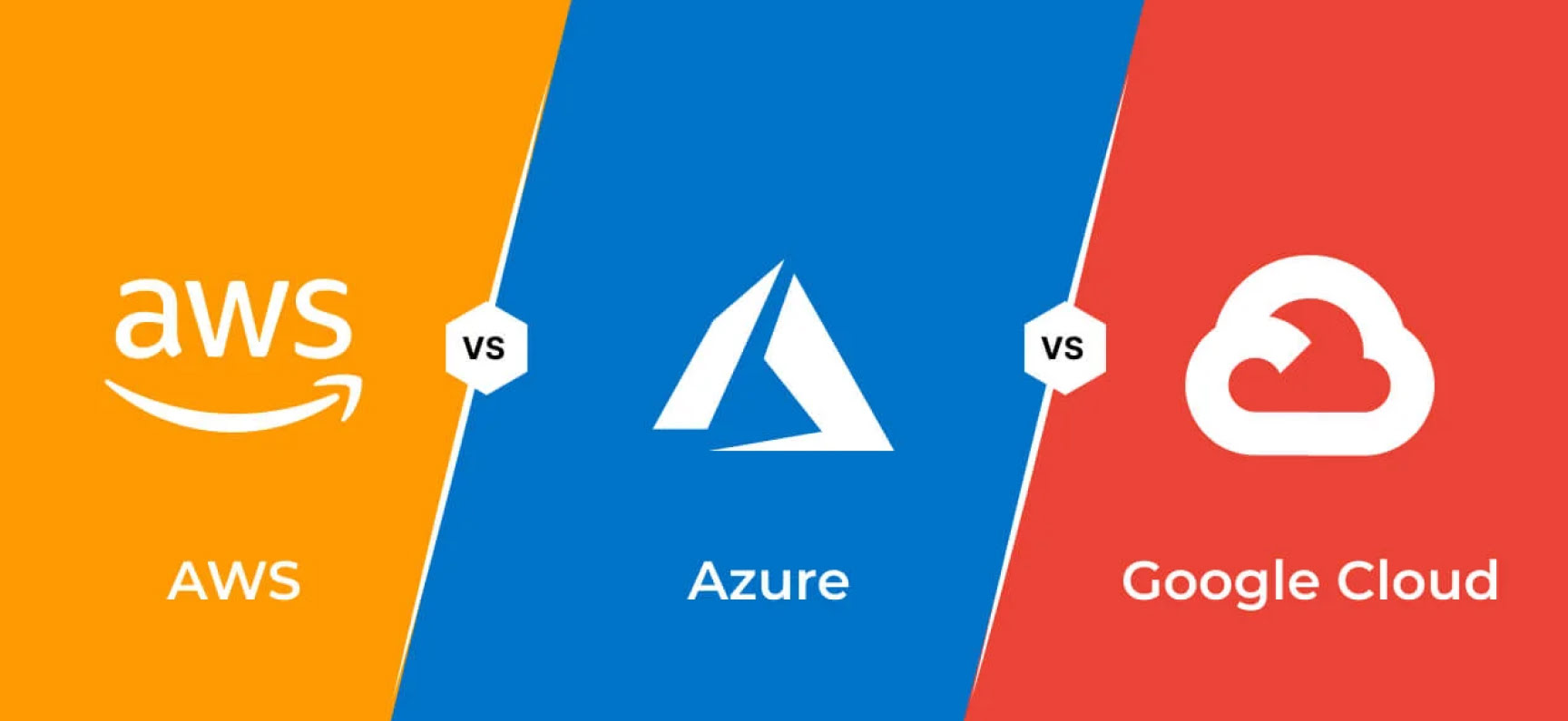Does Website Redesign affect SEO?
Web design that does not meet modern SEO requirements, causes a drop in website traffic and brings the business tangible financial losses. Updating the visual and structural components of the site allows you to improve the SEO rankings of the website and attract more visitors. To increase website traffic, web experts redesign a website without losing SEO results.
During the website redesign, web experts change the code, content, structure, and visuals to modernize the site, expand its functionality, improve the attractiveness of design and attract potential visitors. Typically, the process of redesigning a website involves restyling the logo, replacing content and then changing the advertising strategy.
Obviously, if the SEO website redesign process was performed correctly, the updated website, along with improved navigation and responsive layout, will provide better SEO results. Moreover, redesign will provide comfortable access to the site for users of various devices and increase the level of traffic.
If you do not pay attention to the structure of the website during the redesign, it will lose its positions in search engines after the update. The structure of the website has a direct impact on the positions in search engines, so if you are not careful, you will encounter site traffic drop after redesign. It is recommended to involve SEO experts, who will help to form the right terms of reference and prevent the losing of website positions.
How Do Website Redesigns Help Traffic?
Quality website optimization during the redesign will significantly increase the position of a site in search results, which will lead to an increase in traffic. As a result of high-quality SEO redesign website owners will receive an increase in traffic, additional profits, and an improved level of trust from the audience. An experienced and certified team of SEO specialists and competent search engine marketing experts will help you in creating the optimal conditions for increasing search engine traffic.
On the other hand, mistakes made at the stage of redesign, can lead to significant problems with the optimization and direct traffic down after site redesign. To keep visitors on the site, you need to ensure its good functionality, high speed of page loading, quality navigation, responsive design and user-friendly interface.
With quality execution and competent approach, website redesign helps to improve the position of the resource in search results, which will eventually lead to an increase in traffic, attracting new customers and increasing sales. If web experts will use the best SEO practices when redesigning your website, they can increase organic traffic and reduce the cost of paid promotion, including contextual advertising.
Structural changes to the website during redesign, including the addition of new sections, the implementation of useful features and interface components, will lead to an increase in search traffic and enhance the usability of the site.
Why Google's Search Page Redesign is the Death of SEO?
Many website owners have begun to notice that traffic from the Google search engine has begun to fall. This is due to the Google's search page redesign, which is bad for SEO and has moved free organic links to the bottom of the search page. To be on the first positions of the search results page, many website owners had to pay a lot of money.
Search engine optimization is gradually dying, and paid search engine marketing and advertising are becoming the main way to get visitors from search engines. Now all the links at the top of the search results page are paid, which is great for Google because that's how the company maximizes advertising revenue. Actually, Google's search page redesign is the death of SEO.
If users want to see natural and organic search results that are based on good SEO and relevant webpage content, they will have to scroll down the search results page. Most Google users open websites at the beginning of the search results page. And given that Google's current design is based on placing advertising paid sites at the top of the search results page, there is little point in concentrating on search engine optimization today.
Why did your Traffic Drop after a Redesign?
Website redesign impact on SEO, so if you decide to order a website redesign, then remember that with numerous technical error's portal content can become inaccessible to search bots and visitors. Accordingly, the traffic will reduce, and the resource will lose position. As we see, the redesign of the site, SEO, and ranking are very closely related.
When making any changes to the website, web specialists should always remember about the optimization and consider the requirements of search engines. Only in this way, it will be possible not only to conduct a SEO website redesign without losing positions, but also to improve the position of the website in the search results. So, your SEO experts should know everything to do for SEO before a website redesign.
During the redesign, web experts change the structure of the site, the location of buttons, forms and headers, change the completeness of visible information and perform other changes. With the wrong redesign, your website can become less user-friendly and less functional. If behavioral metrics deteriorate since the redesign of the website, it means that visitors dislike the updated version of your site, and they leave it.
An important step during the redesign of the website is setting up the correct redirects, if you do not pay attention to this point, then you cannot avoid the loss of search traffic. Redirects help search engines determine where the new version of each page is, without this information, search engines will decide that the pages have disappeared. To solve this problem, your web specialists will need to make a redirect for each of your old website pages.
The structure of the website is definitely important for Google to index and understand your site correctly, so if the structure of your site has changed significantly after the redesign, your web experts will need to create a new sitemap.
Why is SEO Important to Consider during a Website Redesign?
Website redesigns help with SEO, but only if it is done right. Before starting the redesign process, website owners, and webmasters should keep in mind that this task poses many risks from an SEO perspective. In order not to lose all the results that were achieved through SEO for years, you should approach the issue of redesign carefully and thoughtfully, for a qualitative redesign.
When performing a redesign without regard to SEO, there is a risk of losing conversions and a significant portion of traffic. For this reason, before redesigning a website, you should make a clear plan of action, consider all the pitfalls, and ask the SEO experts. This will help you to reduce the chances of reducing the website traffic from search engines.
If you want to experience the positive impacts of redesign, you should take care of proper SEO. A good solution would be to conduct a SEO audit of the site before the redesign. SEO audit will help to solve many problems before the redesign and avoid them after the redesign. Webmasters should remember that any mistakes made during the redesign can lead to serious issues with SEO-optimization, a drop in search engine positions and loss of traffic.
How to Avoid SEO Disaster When Redesigning a Website?
1. Record the Resource Data Before the Redesign
Before you start the redesign, if you want to keep SEO when redesigning a website, you should scan the portal with a special program (Screaming Frog SEO Spider) to save all its metadata, URL, and structure. This data will need to be compared to what you'll get after the changes are made.
2. Conduct an Audit of the Resource Before you Begin the Redesign
Another important stage in your SEO plan should be an audit. Audit will help to identify bugs that exist on the portal. It is essential to get rid of all bugs and errors. Do this before you make a SEO site redesign without losing positions. Then, when you fix all errors, scan the portal again and save the data.
3. Perform a UX analysis
It is significant to understand what elements of the interface users use, how they behave on the site, what they are used to, what they like and dislike in the UX. Based on the UX analysis it is necessary to keep the main paths of users, as well as the location of key elements such as buttons, forms, checkboxes, etc.
4. Prevent Search Engine Crawlers From Indexing the New Version
If you want to redesign a website without hurting SEO, the new website design should be tested. It is better to do this first on a subdomain, but do not forget to prevent your site from being indexed by search bots.
5. Scan the New Version
Use special programs for this purpose. Save the obtained data in a table. Carry out an audit to find possible problems such as empty pages, broken links, duplicate metadata, incorrect micro-parsing, pages that take a long time to load, and other common problems.
6. Analyze
To avoid SEO loss with web redesign, you should compare the old version with the result. If all the data match, then the redesign went well. If some lines of information are different, you should check them additionally. Moreover, if most of the data does not match, then something went wrong. Try to solve the problem. Otherwise, the site promotion will be ineffective.
7. Monitor a Website Position in Search Engines
Once all the necessary work is done, allow the search bots to index the site. Carefully monitor the resource for two to three weeks. Pay attention to traffic, SEO rank, etc. If something goes wrong, check and look for the cause. If within two to three weeks everything is fine, then the redesign was entirely successful.
Top SEO Website Redesign Mistakes
- Lack of Evaluation of the Redesign Results
You should determine in advance the key performance indicators (KPIs) and write down the numbers you want to achieve after the website redesign, to have something to focus on and work on. You need to determine what the purpose of each page of the website is, and how a redesign will help improve that page. Raising brand awareness can be measured by evaluating the increase in traffic from search engines after the redesign. You can use Google Analytics as a source of raw data to track the effectiveness of your website redesign.
- Ineffective Content is not Deleted
When redesigning a website and engineering a new structure, you should take care to remove ineffective pages and content. Getting rid of outdated and ineffective content during a redesign will bring many benefits to your website. By removing outdated content, you can reduce the amount of content you need to migrate during a redesign. You will simplify the management of the remaining content. Moreover, you will leave only the highest quality content for your visitors and increase user retention.
- Leave Pages Open for Indexing During Redesign
Pay attention to this SEO advice for a website redesign. When you change the current pages of the website, you should make a copy of them on virtual hosting and change them there. If this is not done, the search engine robots will index the pages in the process of redesign and mark them as of poor quality.
- Change Image Names
Changing the name of images on the pages of websites can lead to a SEO traffic drops after redesign, especially if the images were optimized before the redesign. In the process of redesigning, webmasters may replace old images with newer, higher-quality images, but use random image names. Thus, webmasters reduce the level of optimization of the page, lowering its relevance and slightly reducing search traffic.
- Delete Pages or Change the URL Address Without Redirecting to the New Address
During the redesign, it is likely to find that many pages are no longer needed. If you just delete unnecessary pages, or change their URLs, there will be problems. These pages are already participating in search results and probably have inbound links. So, these inbound links become broken as soon as the page starts giving the 404 code. The correct way to delete pages is to redirect them to the most relevant existing page. If the URL of the pages has been changed, it is important to set a redirect to the new addresses, in this case, webmasters use a 301 redirect.
- Do not Check the Correctness of Website Forms
After redesigning a website, it's significant to test all of its forms to make sure that the site is not only visually appealing, but also functioning properly. You should definitely check contact forms, e-commerce functionality, search functionality, interactive tools, analytics counters and so on.
Basic Principles of SEO Website Redesign
- Perform an Audit
One of the basic principles of SEO redesign is an audit. If the site has not been updated for a long time, he could be outdated both visually and technically. It is illogical to leave old problems during the redesign, therefore, before the redesign it is necessary to conduct a detailed audit. Based on the audit, web experts make a list of errors and issues that need to be corrected during the redesign, as well as a phased plan for the introduction of new functionality, content, and graphics. Website redesign increases traffic only on sites where all errors were removed in advance after the audit.
- Preserve Structure and Content
Changing the structure of the website during the redesign without the agreement with the SEO specialists is one of the most common mistakes. Sometimes changing the structure of the website can be justified if the original structure is of poor quality and can be improved. But in any case, any changes to the structure of the website should be discussed with the SEO experts. It is also important to provide space for optimized SEO-texts on the new layout.
- Work on the Test Subdomain
Website redesign avoids SEO disaster if you are working on a test subdomain. You should not modify an existing website because if something changes technically, it will cause errors and global SEO issues. You should make a copy of the resource on a test subdomain, closed from indexing by search robots, and make all the changes on it. This way you will have plenty of time to test the performance of all the functionality.
- Configure the Redirects
When you change URLs of individual pages and categories, you should set up 301 redirects from each old page to the new address to avoid 404 errors and traffic losses. This way, you will indicate to search engines that the page address has changed and is now accessible via a new link, which will help save traffic.
- Make Sure the Meta Tags are Correct
Title tags and meta descriptions are key markers for search engines, on which they determine the relevance of pages on the site. During the redesign of the site, web experts need to make sure that all the meta tags are in place.
Most Important SEO Elements of Website Redesign
- Keyword Mapping
One of the major SEO considerations for website redesign is keyword mapping. During a website redesign, web experts should update the keyword map and research the new keywords they want to rank for. You need to add new keywords based on new articles, services, categories, and products.
- Backlinks
If some pages of the website do not comply with the redesign plan, but still contain numerous inbound links, it is better to leave these pages. Sudden reduction in inbound links will probably lead to a drop in ranking.
- Backups
Among the different SEO tips for website redesign, it is worth highlighting backups. You should make a backup of the original website because in the future it may be necessary to restore it. A website backup is necessary to restore the site after data corruption or its complete destruction, to transfer the site to another hosting or to quickly restore the working version of the site.
- XML Sitemap
XML sitemap allows you to inform search engine crawlers about various pages of your website. Given that you decided to redesign the site, search engines should know about it. Make sure that your site's XML sitemap contains only the target URLs.
- Monitoring
You should have a monitoring strategy to make sure that after the site redesign, the goals have been achieved. If after a website redesign, the bounce rate began to decrease and traffic began to grow, then you are certainly on the right track.
Questions to Ask an SEO Specialist during a Website Redesign
- What tools will be used to evaluate the SEO results of the redesign?
- How will your work affect my SEO results?
- What actions are you taking to keep my current search engine rankings and traffic from getting worse?
- Do you take any steps to make my site optimized for mobile devices?
- What information can I give you to increase the effectiveness of your SEO activities?
- What SEO strategy are you using?
- How long does it take after a website redesign for keywords to be at the top?
- How do you optimize the site during the redesign?
- What are you doing to make my website SEO friendly?
- How do you search for new keywords?
Conclusions
If there is no abnormal drop in efficiency metrics for a few weeks, you can say that the design change was successful. With a high probability, you will notice a gradual increase in efficiency, which can be explained by the improvement in the usability of the resource. We also looked at top website redesign mistakes that destroy SEO to help you avoid them with your website. If you notice anomalies, such as a sharp drop in traffic, do some additional checking. Check if the analytics code is installed correctly, if the page URLs have changed, if redirects and noindex attributes are still intact. Make sure that the affected pages have saved and correctly displayed content.
Similar articles
View allyour business
together
We’ll contact you within a couple of hours to schedule a meeting to discuss your goals.
- PROJECT INQUIRIES info@artjoker.net
- CALL US +1 213 423 05 84
contact us:










